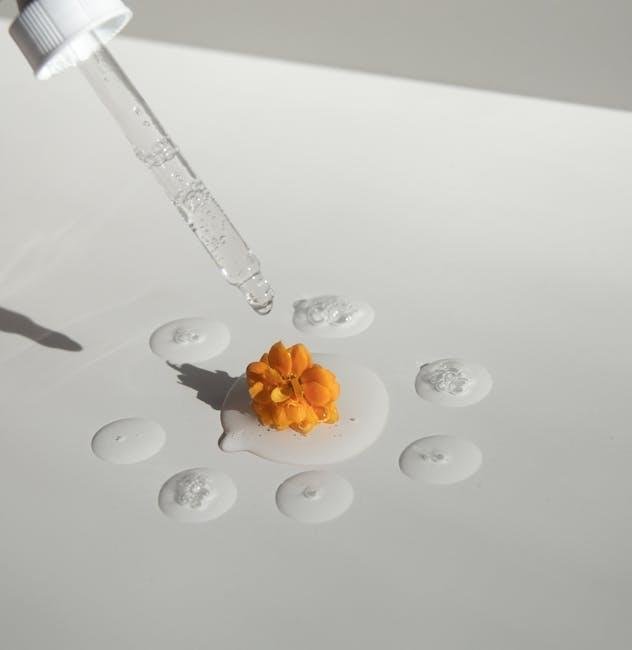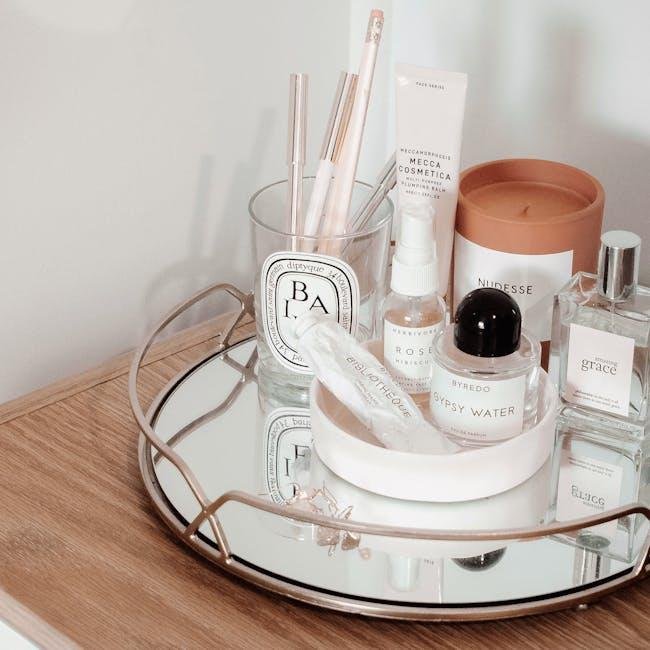In recent years, the beauty industry has experienced a seismic shift towards clean beauty, with consumers increasingly prioritizing products that boast natural ingredients and sustainable practices. But as the shelves swell with options labeled “clean,” a vital question lingers: Can clean beauty still deliver the impressive results we desire? This inquiry delves into the heart of a movement that seeks to blend efficacy with ethical obligation. As we explore the delicate balance between ingredients that are kind to both our skin and the planet, we aim to uncover whether the allure of clean beauty is merely a trend, or if it truly holds the power to transform our daily routines without compromising on effectiveness. Join us as we navigate the complex landscape of clean beauty, examining the science, the skepticism, and the success stories that could shape the future of our self-care rituals.
The Science Behind Clean Beauty Ingredients
Understanding the effects of clean beauty ingredients requires delving into the science behind their formulation. Unlike conventional products,which may rely on synthetic compounds that could provoke reactions,clean beauty emphasizes the use of natural and non-toxic components.This includes botanicals known for their benefits, such as aloe vera, hyaluronic acid, and essential oils.The active compounds in these ingredients can provide hydration, anti-aging effects, and soothing properties while being gentle on the skin.
For consumers seeking effective yet safe skincare options,it is indeed vital to look at the characteristics of clean beauty ingredients,which frequently enough include:
- Plant-based extracts: Derived from leaves,seeds,and flowers,these provide nourishment without harmful chemicals.
- Mineral-based actives: Ingredients like zinc and titanium serve as sunblock, protecting skin from UV damage.
- Safe preservatives: Natural preservatives, like rosemary extract, extend shelf life while minimizing irritation.
The efficacy of clean beauty can also be assessed through comparative analysis. The following table illustrates how clean beauty ingredients stack up against customary options in key aspects:
| Feature | Clean Beauty | Conventional Beauty |
|---|---|---|
| Skin Compatibility | high | Variable |
| Environmental Impact | Low | Moderate to High |
| Long-Term Effects | Positive | Uncertain |

Evaluating Performance: Clean Formulas in Action
as consumers become more conscious of the ingredients in their beauty products, the industry faces the challenge of proving that clean formulas can deliver effective results. The shift towards clean beauty doesn’t necessitate a compromise on efficacy, as numerous brands are now formulating their products with potent natural ingredients that rival their traditional counterparts. Key elements of clean beauty, such as plant-based extracts, non-toxic preservatives, and minimalist formulations, are increasingly demonstrating their ability to hydrate, rejuvenate, and protect the skin.
To evaluate the performance of these clean beauty products,it’s essential to consider both consumer feedback and ingredient efficacy. Factors such as skin compatibility and scientific backing are critical in determining whether these formulas can meet or exceed user expectations. The following table outlines several popular clean beauty ingredients and their known benefits:
| Ingredient | Benefits |
|---|---|
| Quinoa protein | Strengthens and adds moisture to hair and skin |
| Niacinamide | Brightens skin tone and improves texture |
| Rosehip Oil | Rich in antioxidants, enhances skin regeneration |
| Green Tea Extract | Soothes inflammation and provides anti-aging benefits |

meeting Consumer Expectations with Transparency
In an era were consumers are increasingly aware of the impact of their purchasing decisions, the beauty industry finds itself at a crossroads. Transparency has emerged as a vital component in meeting the expectations of discerning consumers. Brands that prioritize open interaction about their ingredient sourcing, production processes, and ethical practices foster trust and loyalty. By providing clear and accessible data, these brands not only reassure consumers about the safety and efficacy of their products but also equip them to make informed choices that align with their values.
To illustrate the importance of transparency,consider the following aspects that brands should communicate effectively:
- Ingredient Origins: Highlight where ingredients are sourced and their purity.
- Production Methods: Detail the processes involved in creating the products.
- Certification Information: Share relevant certifications that affirm clean standards.
When consumers are given insight into these elements, they are more likely to embrace clean beauty products, trusting that they deliver not only on performance but also on integrity. Ultimately, the connection between transparency and consumer trust is a powerful motivator that can elevate the clean beauty movement beyond mere trend into a lasting change within the industry.

Tips for Choosing Effective Clean Beauty Products
When venturing into the realm of clean beauty,it’s essential to be discerning about the products you select. start by checking the ingredient list—look for items that prioritize natural, plant-based components and steer clear of harmful additives. Additionally,consider products that are ethically sourced and cruelty-free. These qualities not only reflect a commitment to health and wellness but also ensure that the items you’re using carry a positive environmental impact.Skincare enthusiasts should also pay attention to certifications, such as organic or fair trade, which can further validate the integrity of a product.
Another key factor to consider is the formulation’s effectiveness. Read reviews and feedback from other users to gauge how a product has performed in real-life scenarios. Look for those that boast standout results without compromising on clean principles. Make use of resources like ingredient databases to understand the purpose and benefits of specific elements within a product. It’s wise to test products gradually, especially when introducing new items to your routine.This will help you pinpoint any sensitivities and evaluate the effectiveness of the clean beauty solutions you choose.
in Summary
In a world increasingly captivated by the allure of clean beauty, the quest for efficacy remains at the forefront of every consumer’s mind. As we peel back the layers of marketing and delve into the science behind these formulations, it becomes clear that the conversation about clean beauty is not merely a binary choice between natural and effective. Instead, it invites a nuanced exploration of ingredients, ethical sourcing, and individual skin needs.
Ultimately, can clean beauty still deliver results? The answer lies not in a simple affirmation or denial, but in a deeper understanding of the diverse products available and the ongoing innovations within the industry. It calls for an open-minded approach, urging consumers to experiment and discover what truly works for their unique skin types. As the clean beauty movement continues to evolve, one thing remains certain: the industry must find a balance between transparency and performance, ensuring that every pot, bottle, and tube champions not just beauty that is clean, but also beauty that delivers.
In this ever-changing landscape,informed choices stand as our most powerful tools,leading us to a beauty routine that aligns with our values—one that nurtures both our skin and the world around us.

